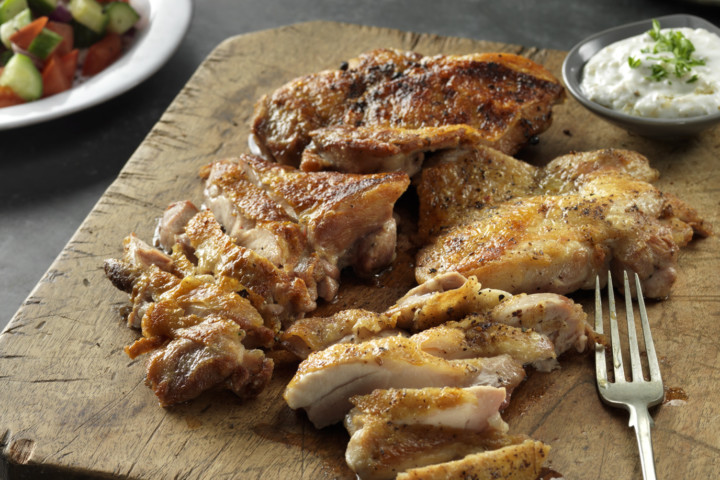Plant-Based Eating: Finding a Healthy Balance
In January 2019, Canadians finally got to see the long-awaited revision to Canada’s Food Guide, and it’s quite a departure from previous versions. Gone is the traditional rainbow model, in favour of a “food guide snaphot”, which is a picture of a balanced plate of food.
One of the biggest departures from the old Food Guide is the new emphasis on including plant-based proteins in the diet. At first, this notion had some pundits worried that meant an exclusion of meat or chicken, but now we know it just means a change in the name for food groups.
The former “meat and alternatives” and “milk and alternatives” food groups have merged into one grouping, collectively known as “protein foods.”
While meat, fish, poultry, eggs and milk products are still part of this grouping, Canada’s Food Guide says to “choose protein foods that come from plants more often.” It explains that eating plant-based foods regularly can mean eating more fibre and less saturated fat, which can have a positive effect on health, including a lowered risk of cancer, heart disease and type 2 diabetes. Plant-based proteins include beans, lentils, soy, nuts and seeds.
To be clear, the new guide is not a call for all Canadians to become vegan. In an all-foods-can-fit environment, the new guidelines simply emphasize plant-based foods, because they are not on the radar of many Canadians. This new direction is intended to help Canadians eat more vegetables, grains and beans, in order to boost fibre and minimize saturated fat in the diet, which is good for overall health.





